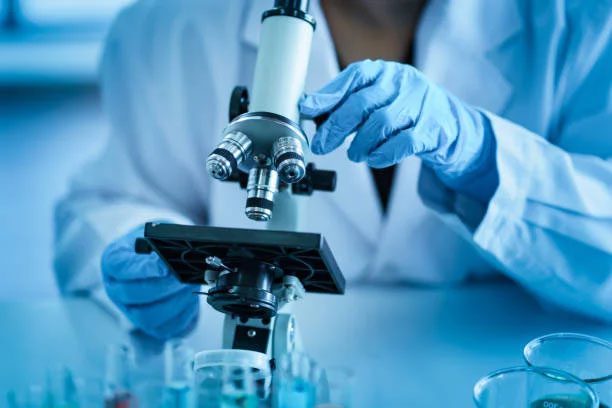Chinese scientists have recently announced a new method that allows for the conversion of heavy metal pollutants in wastewater into useful chemicals for producing sustainable, environmentally friendly semiconductor materials.

The new method aids in the production of low-cost hybrid semiconductors. (Image source: iStock).
This research opens up the potential for producing hybrid semiconductors at lower costs compared to conventional methods.
Typically, the process of producing semiconductor materials involves a high degree of integration across physical, chemical, electrical, electronic, metallurgical, and many other methods.
However, in this study, the researchers selected Vibrio natriegens – a bacterium capable of rapidly reproducing and growing in high-salinity water and wastewater, as well as utilizing various carbon sources. They then performed sulfate reduction on Vibrio natriegens, allowing the bacteria to directly absorb sulfate, organic carbon, and heavy metals from the wastewater environment.
This process generates semiconductor nanoparticles on the surface of Vibrio natriegens, forming hybrid semiconductors – materials that integrate biological catalysts with semiconductor nanomaterials.
According to scientist Gao Xiang, a member of the research team at the Shenzhen Institutes of Advanced Technology (SIAT), these nanoparticles can enhance the synthesis efficiency of hybrid semiconductors and convert pollutants in wastewater into hybrid semiconductors through the additional absorption of solar energy.
Experts believe that this research also paves the way for cleaner production processes, supporting wastewater treatment and promoting a circular economy, aimed at extending the lifespan of materials while eliminating negative environmental impacts.
The research findings were published in the journal Nature Sustainability.


















































